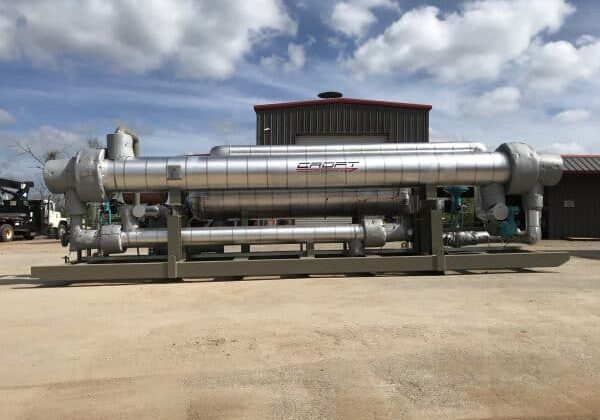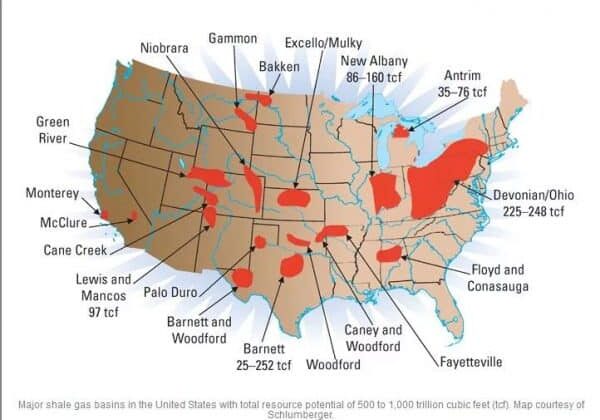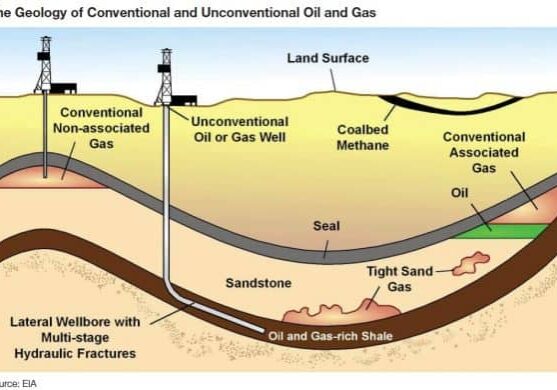The Origin and Formation of Natural Gas
Natural gas, a critical nonrenewable resource, traces its origin millions of years back. Imagine a time when vast expanses of our planet were covered in lush vegetation, dense forests, and teeming aquatic life. Over the eons, as plants and marine creatures died, they sank to the bottom of oceans and lakes, slowly amassing thick layers of organic material.
These layers, trapped underneath sediments and other geological formations, underwent a slow and complex transformation. Gradually, the accumulating weight from above subjected these organic deposits to enormous pressure. Concurrently, the natural geothermal heat of the earth intensified as these materials were buried deeper, inching closer to the hot earth’s core.
It is this potent mix of high pressure and intense heat that cooked this organic matter over millennia, eventually giving birth to the three primary fossil fuels: natural gas, oil, and coal. Unlike other gases or liquids, natural gas is lighter, so it starts ascending towards the surface. However, it’s often trapped by impermeable rock layers, forming what we commonly refer to as gas reservoirs [1].
Characteristics of Natural Gas
In its pure form, natural gas is a bit of an enigma. One could be surrounded by it and not even know, given that it’s odorless, shapeless, and transparent. But due to its explosive nature and safety reasons, a distinct-smelling chemical called Mercaptan, reminiscent of rotten eggs, is introduced. This ensures that any leakage can be swiftly identified by its smell [2].
Fundamentally, natural gas is a rich concoction of hydrocarbons. These are organic molecules formed of hydrogen and carbon atoms. Among these hydrocarbons, methane is the most predominant, making up about 70-90% of natural gas. Other components like ethane, propane, butane, and some heavier hydrocarbons can also be present in varying quantities [2].
When we say natural gas is “dry,” we essentially mean that it’s mostly methane. Conversely, the term “wet” is used when the gas has a higher concentration of heavier hydrocarbons.
Measuring Natural Gas
Natural gas’s volume is typically quantified in cubic feet. For larger quantities, terms like MMcf (millions of cubic feet) and Tcf (trillions of cubic feet) are used. However, when it comes to understanding its energy potential, we rely on British thermal units or Btus. To give a perspective, a single cubic foot of natural gas holds energy equivalent to 1,027 Btus [2].
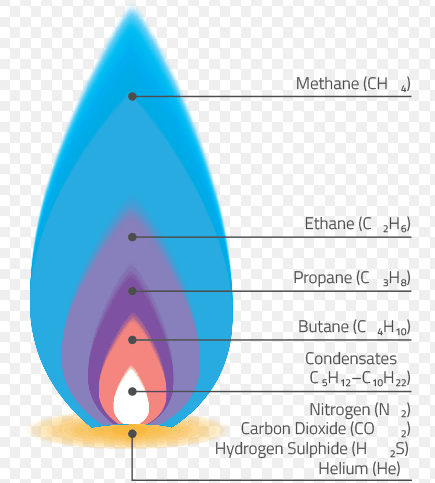
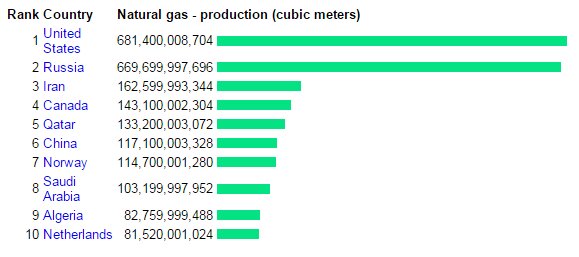
Natural gas is a common energy source with clean burning with low emissions, unlike fossil fuels, coal, and oil. In 2011, natural gas was 25% of the energy expended in the United States. The U.S. Department of Energy estimates the consumption of natural gas will increase by 11% by 2030, due to its efficiency, cleanliness and reliability [3]. Major consumers include the electrical power, industrial, residential, commercial, oil and gas, and pipeline sectors [1]. The state of Texas is the highest consumer and producer in the United States [4]. Recent advances in technology have led to the highest increase in proved natural reserves recorded, having an 11.9% increase from 2009-2010 in wet natural gas [5]. The Energy Information Administration (EIA) estimates 2,543 Tcf of recoverable natural gas remains in the United States [2]. Croft Production Systems, Inc. offers a variety of systems in the production and operations sector to assist you in advance with the growing demand for natural gas. CROFTproducts ensure you meet pipeline requirements while maintaining equipment and increasing performance.
References:
- 2012, “Natural Gas Explained,” U.S. Energy Information Administration.http://www.eia.gov/energyexplained/index.cfm?page=natural_gas_factors_affecting_prices
- 2011, “Background,” NaturalGas.org.http://naturalgas.org/overview/background/
- “About Natural Gas,” American Gas Association.http://www.aga.org/Kc/aboutnaturalgas/Pages/default.aspx
- 2013, “Frequently Asked Questions,” U.S. Energy Information Administration.http://www.eia.gov/tools/faqs/faq.cfm?id=46&t=8
- 2012, “U.S. Crude Oil, Natural Gas, and NG Liquids Proved Reserves,” U.S. Energy Information Administration.http://www.eia.gov/naturalgas/crudeoilreserves/index.cfm
- 2009, “Natural Gas,” Green Motion.http://greenmotion.org/natural_gas.html
- 2013, “What is Natural Gas?,” Alberta Energy.http://www.energy.alberta.ca/NaturalGas/723.asp

